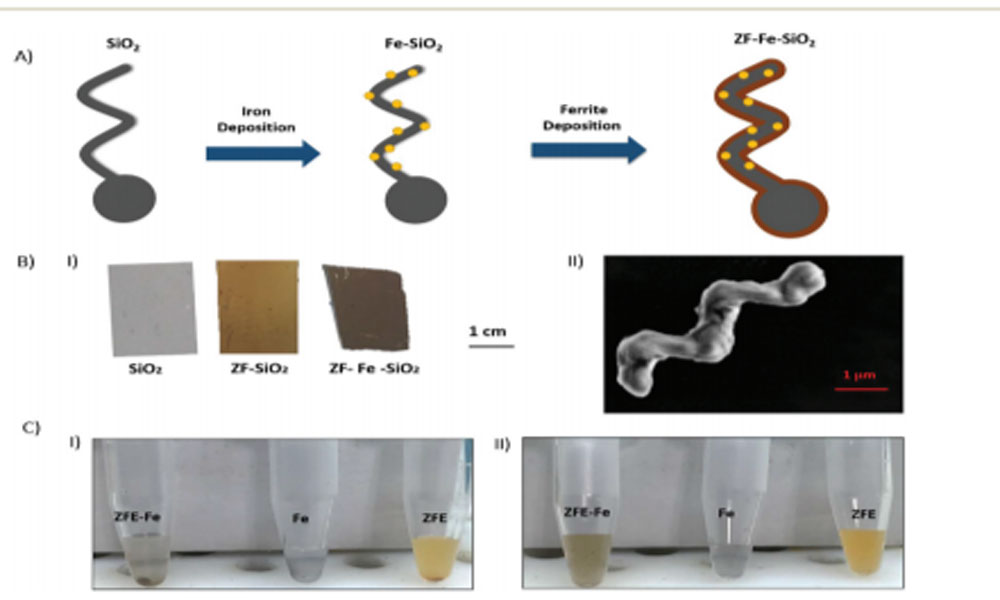The improved method can be incorporated into existing therapy procedures.
Bangalore, March 12, 2018: Researchers at IISc, Bangalore have developed improved “magnetic nanomotors”—a technology used in cancer treatment—which could play a key role in advancing cancer treatment.
Nanomotors are molecular devices at the nanoscale (one to 100 hundred nanometers). When coated with a layer of iron they move with the help of an external force like a magnetic field. In biomedical applications, these magnetic nanomotors can be controlled remotely inside the body as they need no chemical to move. However, the nanomotors form lumps and corrode when they come in contact with a magnetic field. The researchers at IISc have gotten around the problem by introducing a 150-nanometre-thick zinc ferrite layer on the nanomotors which provides stability against the lumping and corrosion.Dr. Pooyath Lekshmy Venugopalan, one of the researchers who worked on the experiment explained, “The nanomotors would corrode and seize to function when a magnetic field was introduced. In order to get around this, the researchers developed a zinc-ferrite based magnetic material and coated the nanomotors with it. Now the nanomotors could move around freely.
“The magnetic nanomotors kill cancerous tumours through a phenomenon called magnetic hyperthermia in which the application of high frequency controlled magnetic fields helps in increasing the temperature of the structures to kill the cancer cells”, added Venugopalan.
Prof. Ambarish Ghosh, an IISc professor who headed this experiment at the Centre for Nano Science and Engineering (CeNSE), explained the key idea of the experiment, “Having controlled manipulation of nanoscale probes opens up unique opportunities in biomedicine. The key benefit of this technology is to have exquisite local control over sensing and delivery applicationsProf. Peer Fischer, Professor of Physical Chemistry who heads the Micro Nano and Molecular Systems Lab at the Max Planck Institute for Intelligent Systems in Stuttgart suggested, “The long-term goal is to use nanopropellers for the targeted, i.e. directed delivery of pharmaceuticals, where the nanomotors are steered directly to where they are needed. This should be more effective and would allow the use of more potent drugs.”
“One aim is to use nanomotors to overcome barriers in the human body that hinder the transport or diffusion of drugs and particles, such as mucus which lines the stomach, intestine, and lungs,” Fisher suggested as a future prospect.
Researchers have experimented on cancerous cells in a vitro environment—outside of a living organism. The next stage of the experiment will be done in a vivo environment—inside a living organism.
“We are extending our studies from in vitro to in vivo systems. Current experiments are being conducted on mice,” Prof. Ghosh added.
The researchers are also experimenting further to improve the heating efficiency of these structures and the methods to attach drugs to these structures for biomedical applications.




